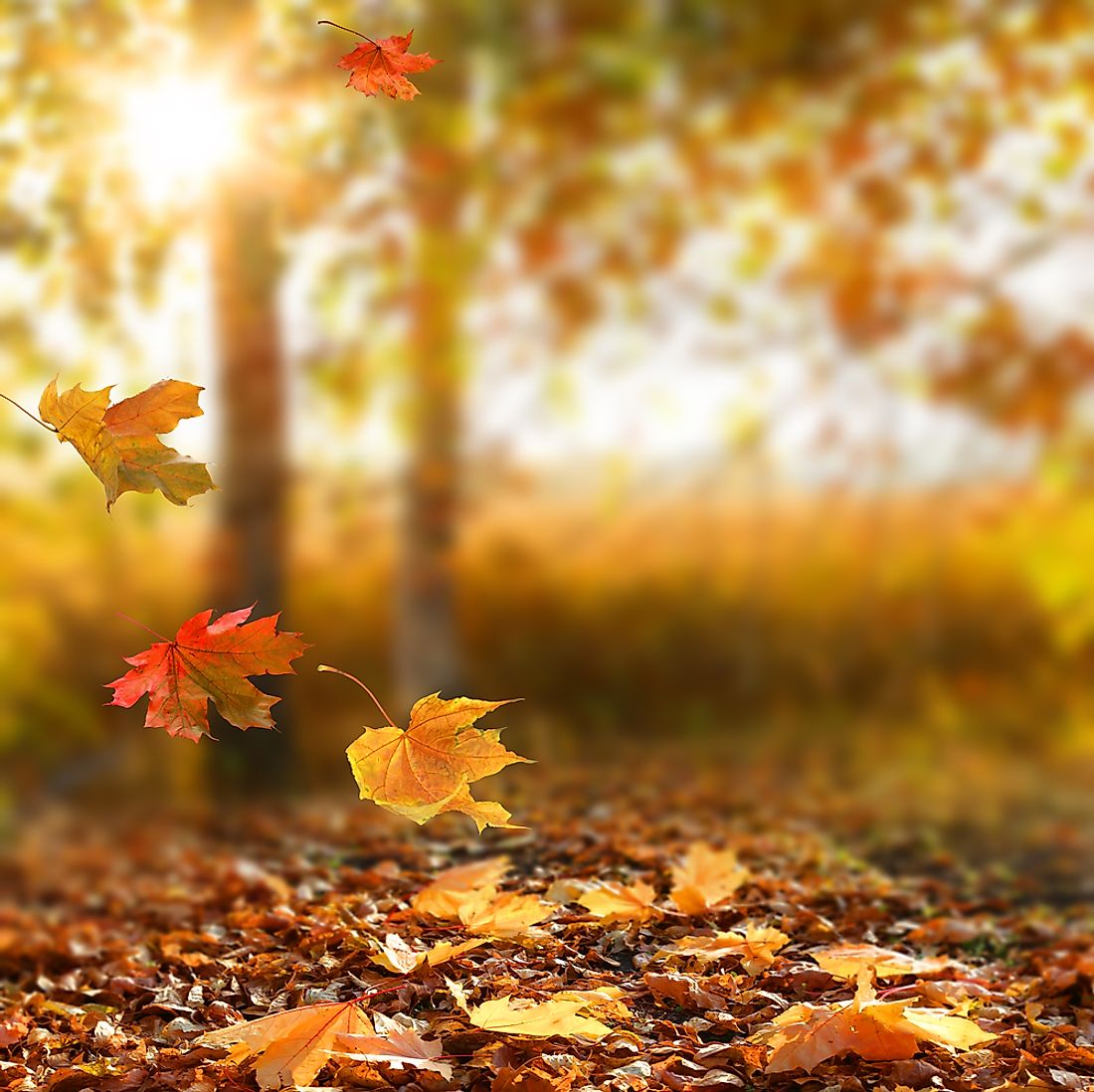When Does Fall Start?

The beginning of fall is marked by days becoming shorter, leaves changing color, the equal length of days and nights, and drastic drops in temperature. There is no exact date for when fall starts. In fact, it actually depends on what calendar you are following. However, fall normally lasts between the months of September and November. To determine the date, you can either follow the meteorological calendar or the astronomical calendar. There is usually a difference of three weeks from the meteorological start day to the astronomical start day. Some people still determine the start of fall by observing the behavioral change of plants and animals. Even with the use of the calendars and observation of signs, the beginning of fall varies from year to year.
The Metrological Calendar
The meteorological calendar uses the Gregorian calendar to split the year into the four seasons, each lasting three months. The dates of the meteorological calendar are usually fixed. When a certain date that marks the onset of a season reaches, the season is considered to have begun, even if the signs of the season are not yet revealed. According to the meteorological calendar, fall is supposed to last from September 1 to November 30, before the beginning of winter which is set to start on December 1st and last all the way to late February. These fixed dates make it simpler to observe and compare seasons.
The Astronomical Calendar
Astronomers determine the dates when the seasons begin on the basis of celestial and solar system events. In the case of fall, astronomers determine its onset when autumnal equinox appears roughly equal. This is when the length of the day becomes shorter, therefore becoming roughly equal to the length of the night in the Northern hemisphere. An equinox occurs when the equator passes through the center of the sun, the north and the south poles become aligned towards the sun, a situation that gives the two hemispheres almost the same amount of daylight.
Phenology and Nature Observations
A third theory of when fall starts is based on the study of periodic plants and animal life cycles, behavior, and events. The start of fall according to this theory is not dictated on a single date that was earlier determined. It is determined by events like tinting of the trees and the gradual ripening of fall fruits. An example of a fruit that may indicate the beginning of fall is ripening blackberry. When the leaves start to change their color, then it is likely that fall has started. The leaves form a red or yellow tint because they stop producing chlorophyll, the substance that gives them the green color. Chlorophyll production is slow and minimal at the end of summer. This phenomenon makes the leaves obtain the reddish and yellowish tint. Dry and hot weather leads to more sugar formation in the leaves, more sugar in the leaves means more anthocyanins, a substance that intensifies the red color in the leaves.











